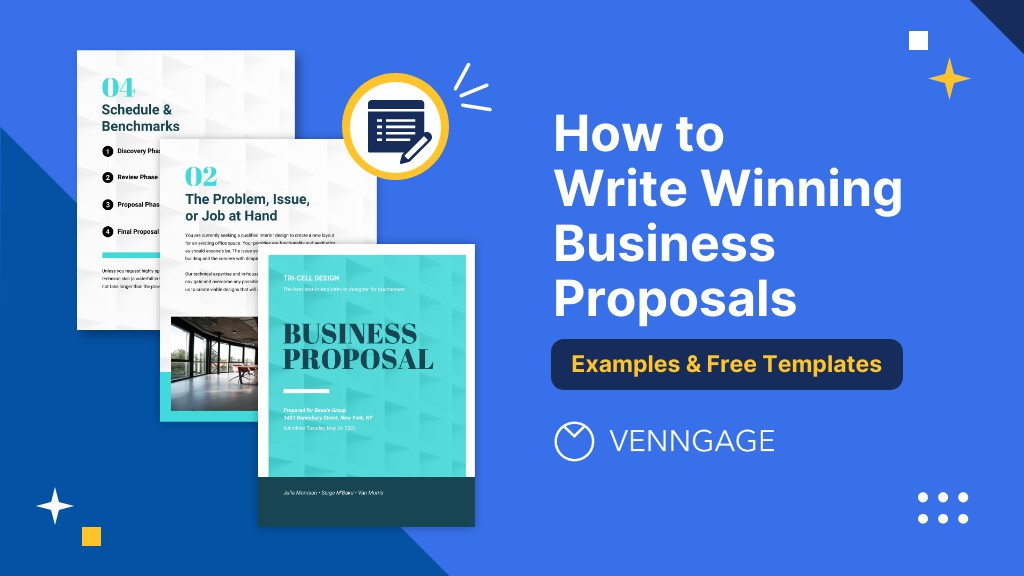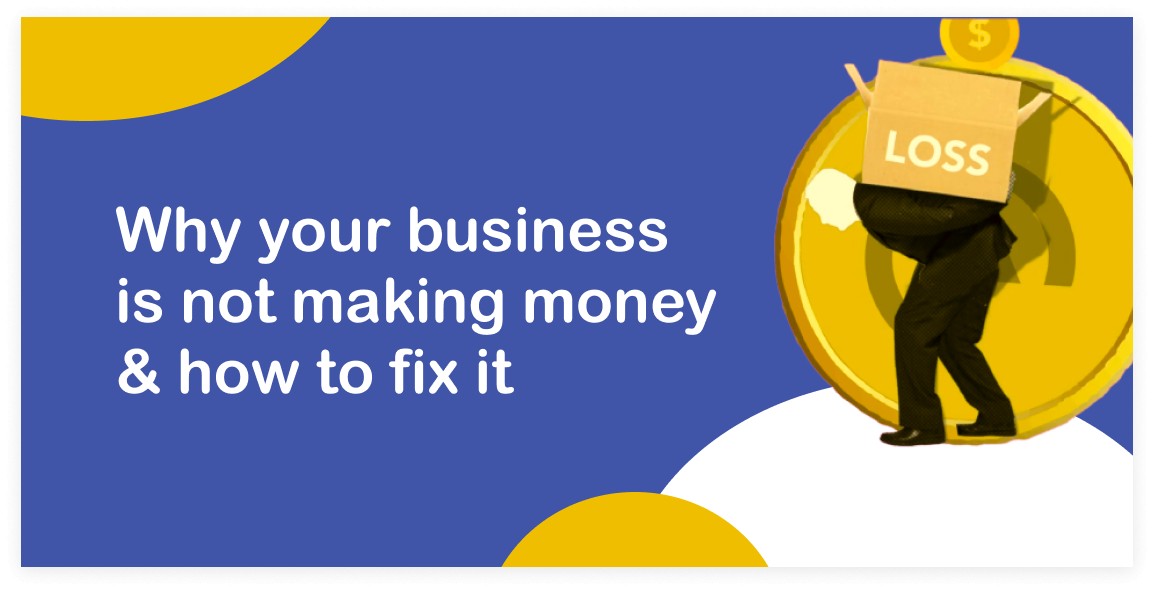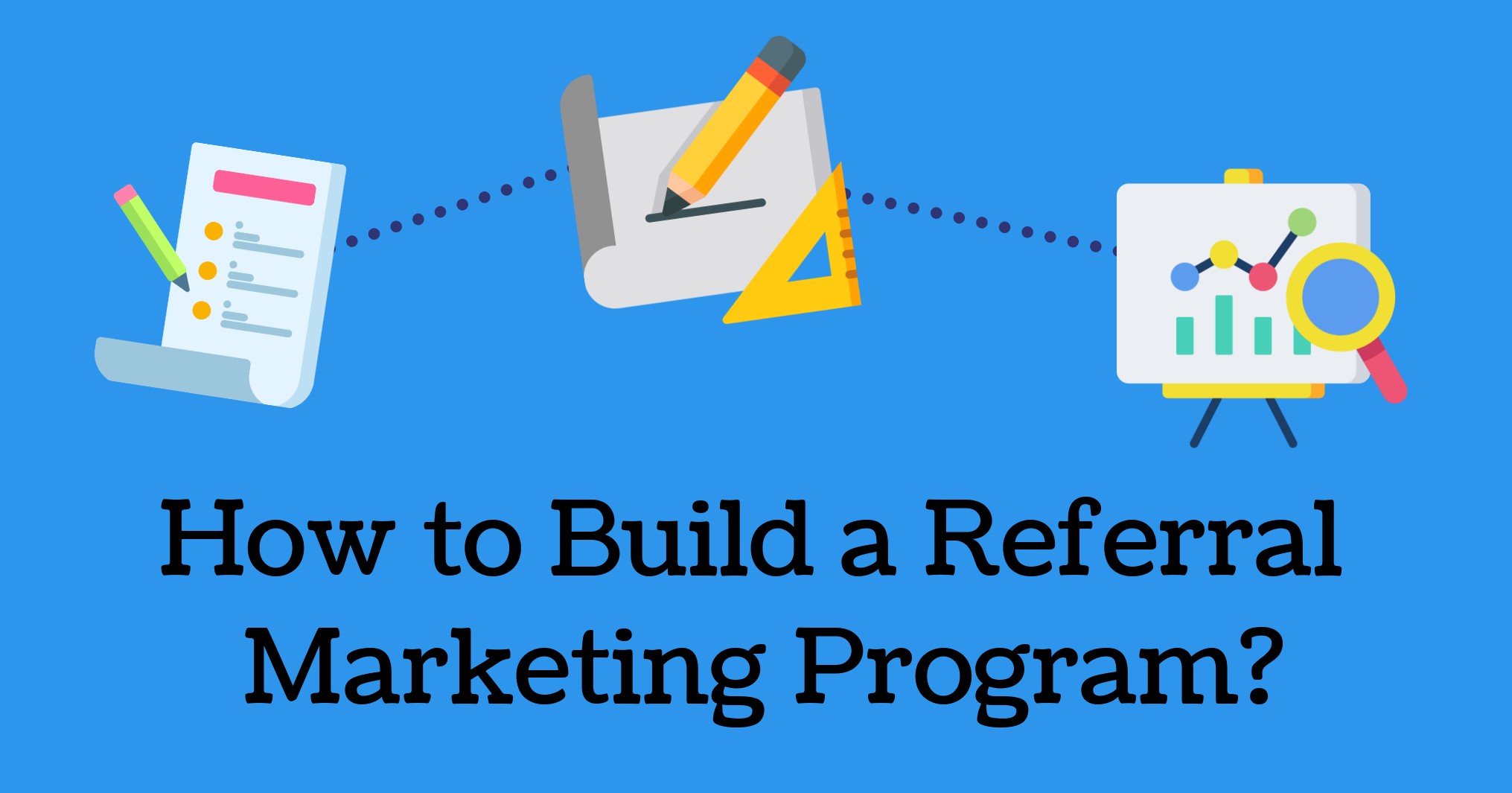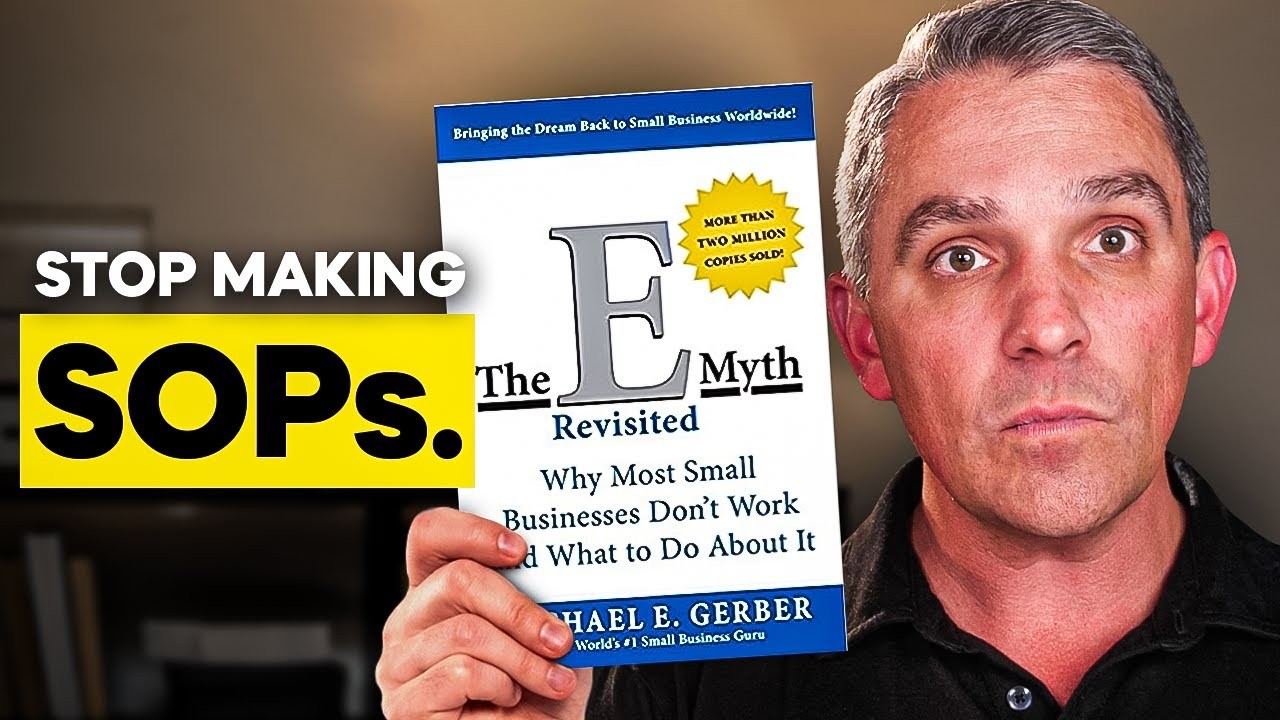Writing a business proposal isn’t merely about presenting an offer; it’s about crafting a compelling narrative that persuades a prospective client or investor that your solution is not just viable, but uniquely indispensable. In a competitive landscape, a winning proposal doesn’t just inform; it inspires confidence, addresses specific pain points, and clearly articulates the undeniable value you bring to the table. It’s a strategic document that demands precision, empathy, and a deep understanding of your audience’s needs, transforming a potential transaction into a compelling partnership.
The journey to a successful proposal begins long before pen touches paper or fingers hit the keyboard. The absolute cornerstone is **thorough research and deep understanding of the client’s needs and challenges**. Too many proposals fail because they are generic, self-serving, and miss the mark on what truly matters to the recipient. Instead, take the time to conduct diligent reconnaissance. What are their stated goals? What are their unspoken frustrations? What industry trends are impacting them? What are their competitors doing? Engage in active listening during preliminary conversations, asking probing questions that reveal underlying issues. For instance, if you’re proposing a new software system, don’t just focus on its features; understand how their current system creates inefficiencies, how much time it wastes, and what real-world problems your software will solve for *their* specific users. This profound understanding allows your proposal to speak directly to their circumstances, positioning your solution not as an optional add-on, but as a critical necessity.
Once you possess this granular insight, the proposal’s structure becomes paramount. It should flow logically, guiding the reader through your thought process and building a case brick by brick. Begin with a powerful **executive summary** that acts as a standalone mini-proposal. This section should concisely encapsulate the client’s problem, your proposed solution, and the key benefits and return on investment. Imagine your reader only has 60 seconds to skim; this summary must immediately convey why they should care and keep reading. It’s not a mere introduction but a compelling hook that presents the core value proposition upfront, tailored specifically to *their* context.
Following the executive summary, dedicate a section to a clear, empathetic **understanding of the problem**. This demonstrates that you truly grasp their situation, building trust and rapport. Articulate their challenges using language that resonates with them, perhaps even echoing phrases they used in earlier discussions. For example, instead of stating “You have an inefficient workflow,” you might say, “We understand that your team currently spends X hours per week on manual data entry, leading to frustrations and potential errors.” This shows you’ve listened and analyzed their specific situation, setting the stage for your solution.
Next, present your **proposed solution** in detail. This is where you explain *what* you will do. Go beyond simply listing features and delve into *how* your solution directly addresses the identified problems. Use clear, concise language, avoiding jargon where possible. Illustrate with specific examples or hypothetical scenarios that show your solution in action within their context. If you’re proposing a marketing campaign, describe the specific channels, content types, and audience targeting strategies you’ll employ, and explain *why* these choices are optimal for their goals. Crucially, connect every aspect of your solution back to a benefit for the client.
The heart of a winning proposal lies in articulating the **benefits and value proposition**. This is where you answer the client’s unspoken question: “What’s in it for me?” Quantify these benefits whenever possible. Instead of “Our software will save you time,” state, “Our software is projected to reduce manual data entry by 40%, freeing up your team to focus on higher-value tasks and saving approximately €15,000 annually in labor costs.” Focus on outcomes: increased revenue, reduced costs, improved efficiency, enhanced brand reputation, mitigated risks. Use case studies or testimonials if applicable to lend credibility to your claims, demonstrating how you’ve delivered similar value for others.
A critical section often overlooked or poorly executed is the **implementation plan and timeline**. Clients want assurance that you have a clear, realistic roadmap for success. Break down the project into logical phases, outline key milestones, and assign realistic timelines. This section showcases your professionalism and meticulous planning, reducing perceived risk for the client. It also provides a clear framework for managing expectations and tracking progress.
Finally, present your **investment proposal** (pricing) with transparency and justification. Don’t just list a number. Explain the value behind the cost. Break down components if necessary, and consider offering different tiers or options if appropriate, but always tie the price back to the benefits and ROI. Conclude with a strong, clear **call to action**, instructing the client on the next steps, whether it’s scheduling a follow-up meeting, signing a contract, or asking questions.
In essence, a winning business proposal is a bespoke document, meticulously crafted to resonate with a specific audience. It’s built on a foundation of deep understanding, articulated with clarity and empathy, and structured to guide the reader logically towards a confident “yes.” By focusing on solving the client’s problems, quantifying the value you provide, and presenting a professional, well-thought-out plan, your proposal transforms from a mere offer into a powerful tool for forging lasting, successful partnerships.




